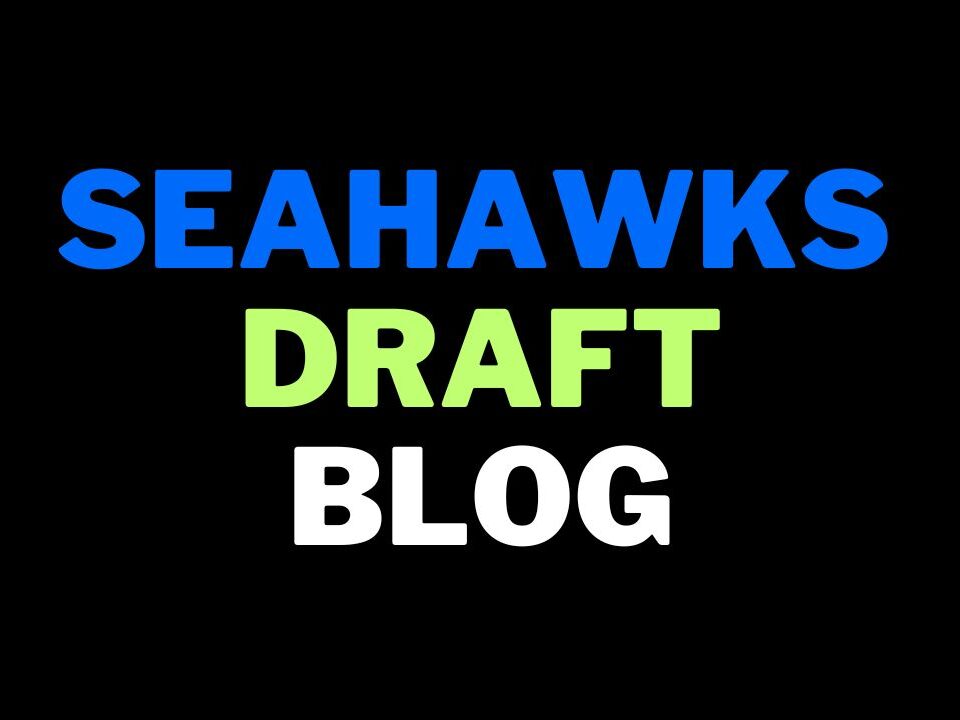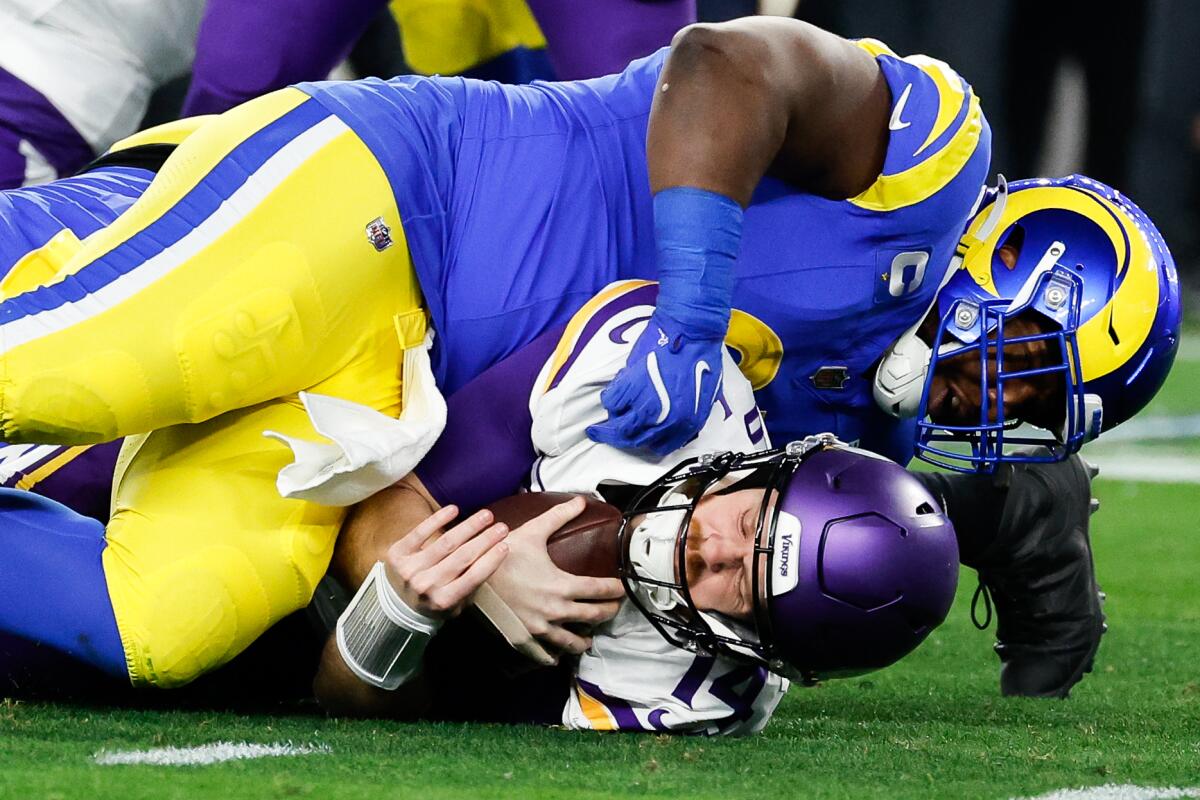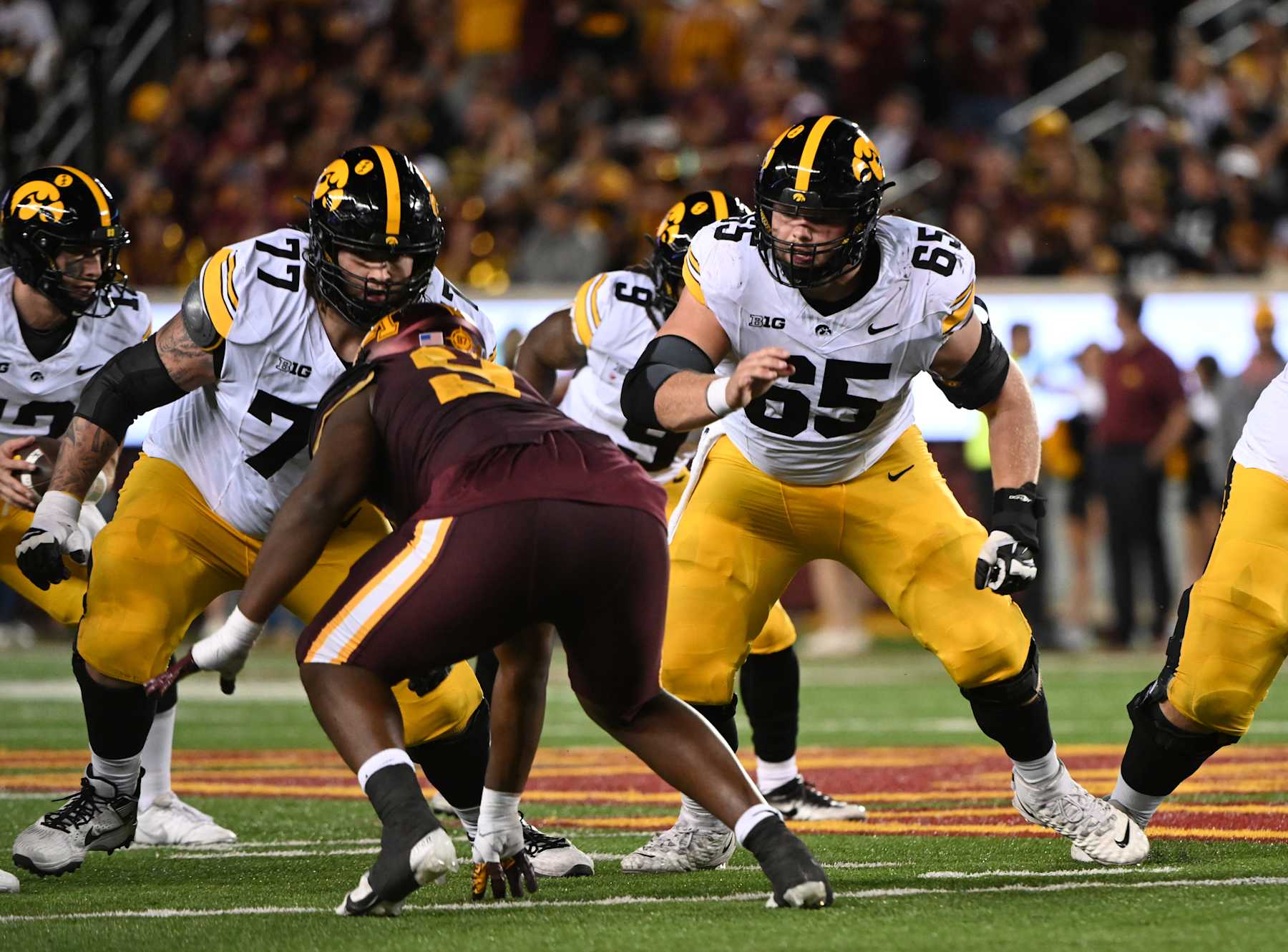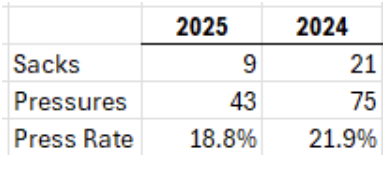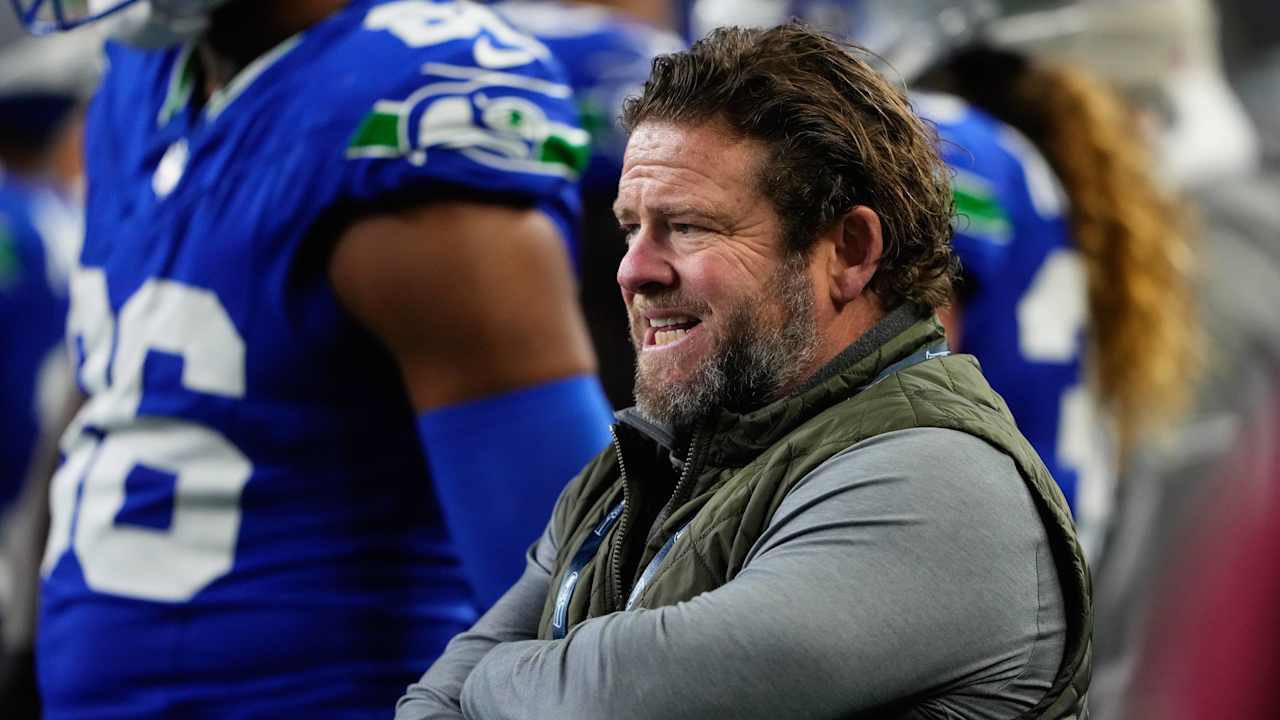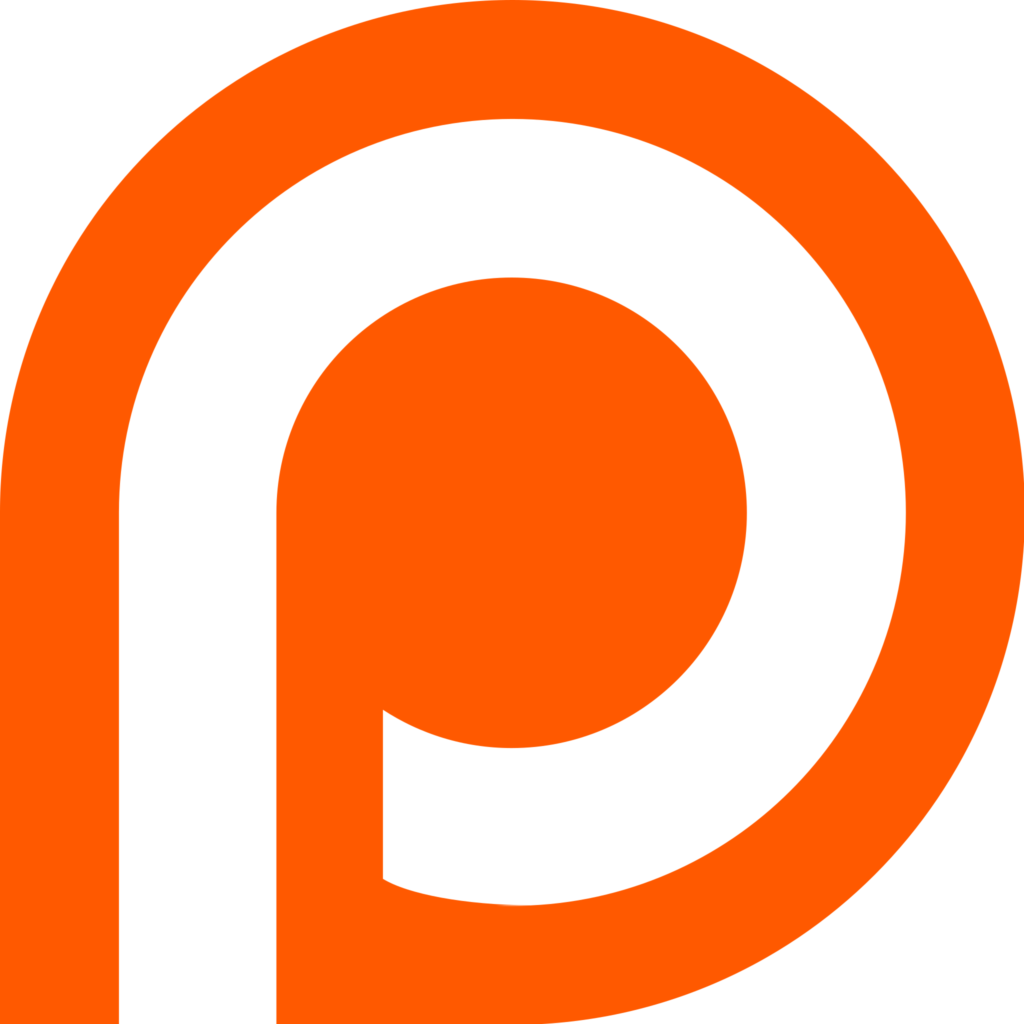
By now regular readers of the blog will know what I think about the 2026 draft. It’s not very good. That’s an understatement actually. It’s looking like one of the worst in recent history, perhaps even the worst since I started this blog in 2008.
There’s a distinct lack of top-tier prospects, a poor quarterback group and there’s not much in the way of depth either. I doubt anyone is going to build a foundational class from this draft.
There are going to be a bunch of teams on draft day stuck with picks they barely want to use. Many GM’s will be looking at their board and be selecting in the knowledge they are getting no value. Day two graded players taken in the first, day three players taken in the third. This is what it’s going to be.
Events like the Senior Bowl and combine will impact things. Yet at the moment, this has been one of the most disappointing college football seasons to watch for upcoming talent.
There are four players I currently grade as likely first round picks.
Arvell Reese (LB, Ohio State) — At the moment I think you have to take him first overall if you end up with that pick. He’s too talented. You can play him at linebacker and he’ll make a ton of plays for you. He is one of the few who can elevate to become one of the top players at his position. You can play him off the edge sometimes to see how he handles it. His strength on contact is unreal so I wouldn’t bet against him. He is the #1 prospect.
Caleb Downs (S, Ohio State) — He might not be a dynamite, epic difference maker at the next level but he has the ability to wear different hats and be creatively placed across the second level. I think Downs will be a very solid starter as a worst case scenario and again, in this draft that’s a plus. Positional value could hurt him but he’s not competing against top-end premier positional players. Testing will determine his upside, it’s not currently obvious how he’ll get on there. An intelligent football player.
Spencer Fano (T/G, Utah) — On tape he is a highly aggressive, tone-setting right tackle. Fano is a natural born killer who loves to finish his blocks. If you engage with him front-on, the chances are you’ll end up flat on your back. Measurements will determine whether tackle is his likely NFL home or whether he’d need to kick inside. I think he can be a good tackle but perhaps an elite level guard. He carries his weight superbly with minimal bad weight, he’s light on his feet and he can get out on the move. Fano is the kind of player I would draft any year, any time.
Jeremiyah Love (RB, Notre Dame) — He’s dynamic, quick and a home run hitter but does he have to work as part of a two-headed monster? If so, how early can you take him? Jahmyr Gibbs’ situation in Detroit hard to emulate. Love’s stop-start ability, acceleration and change of direction make him a difficult player to defend but he isn’t likely to be a work-horse back. You aren’t drafting Jonathan Taylor but perhaps he can be a slightly lesser version of De’Von Achane for an explosive offense?
It says it all — I’ve started this piece talking about a linebacker, a safety, a right tackle or guard and a running back as the top prospects in the class. None of these players feature at premium positions.
The next group of prospects I believe are likely to go in the first round but are not necessarily worthy of a clear first round grade.
Keldrick Faulk (DE, Auburn) and Peter Woods (DT, Clemson) both have flashes on tape that could easily make them high picks. We came into the year expecting a lot from both. Faulk was even being touted as a potential #1 overall talent, with Woods firmly in the top-five conversation.
Both have been really underwhelming this season when you watch complete games. With Woods you’re left wondering where the dynamic potential game-wrecker has gone. He’s looked like a bog-standard run defender at times, offering little or no impact as a pass rusher. He’s had three games this year where he failed to record a single pressure and seven sack-less games too. It’s been six games since Faulk last had a sack and he only has two for the season.
Despite this, I would guess both are still likely to be drafted quite early. It’s that bad a draft class teams are going to end up shrugging their shoulders and saying, “Well, what else are we going to do? We have to draft someone.”
Woods can supposedly run in the 4.8’s at +300lbs while Faulk is an athletic player at 6-6 and 280lbs. Even with bad tape and poor production in 2025, they could both go in the top-10 based purely on offering at least a hint of physical potential to develop.
Francis Mauigoa (T/G, Miami) is playing right tackle but just looking at him makes you think he’ll need to kick inside to guard. He appears to have shorter arms and his brawling style will be better suited inside. We saw last year that teams are comfortable taking interior offensive linemen early when alternatives are not plentiful and I do think there’s a chance Mauigoa will be taken with the view he could play tackle or guard, you can work out which down the line, and one way or another you’ll be left with a competent, aggressive blocker.
Vega Ioane (G, Penn State) is very intriguing to me. I started watching left tackle Drew Shelton but was immediately drawn to the left guard next to him. Ioane is massive but mobile — combining the mauling tools of a bigger blocker with plus agility for his size. He can get on the move, he can reach up if the scheme dictates. He can also manhandle opponents at the point of attack. Ioane is definitely a notch better for a gap scheme but there’s some flexibility here.
Carnell Tate (WR, Ohio State) has been a surprisingly enjoyable watch this year. His body control is superb and you can see how much he has developed within the fabled Ohio State receiver production line. He didn’t play last weekend due to an injury which is worth monitoring but if you need someone who is going to run precise routes, be where you need him to be and then make difficult grabs look easy — Tate can do this. He has nine +20 yard catches this year, tied for 11th most among college receivers. He is not a YAC threat. Speed is going to be the concern for his stock and my guess is he won’t run at the combine.
Makai Lemon (WR, USC) is also having a strong year. He can contort his body into some really difficult positions, hang in the air and make plays in coverage. Lemon’s ball-tracking is very good and as with Tate, you see a level of technical quality in the way he plays. He’ll provide return value as a special teamer and even though he doesn’t have great size or blazing speed, he makes things look easy. I’m not comparing him to Jaxon Smith-Njigba because he isn’t at that level — but they share a similar ability to make things happen without flashing elite size or speed.
So far that’s 10 players I’ve talked about and we’re already getting on to prospects I think are day-two types.
What about the quarterbacks? There’s an assumption that at least one will go early, perhaps even first overall. I just think it’s going to be really difficult to justify that in 2026.
The expectation is Oregon’s Dante Moore and South Carolina’s LaNorris Sellers won’t declare. They shouldn’t turn pro, in particular Sellers. They need time and further development.
LSU’s Garrett Nussmeier was benched last weekend against Alabama as his difficult 2025 continues. He clearly hasn’t been healthy at any point (knee), has looked so far off what we saw last season and his numbers have collapsed. It’s hard to know what’s best. Sit out, get healthy, hope that your fallen stock sends you to a better team on day two or even three? Or try and get back out there to have at least one or two good performances before the end of the year, knowing you could make things even worse? I’m not sure he can salvage anything at this point on this LSU team. He did flash a high number of NFL quality throws last year but the avoidable turnovers weren’t kicked into touch this season. There’s a player here and he’d make sense as an investment for Shanahan/McVay system coaches.
Alabama’s Ty Simpson is QB1 for me. His technical ability, weekly delivering of NFL throws, clear evidence of going through progressions, decent enough arm, athleticism and creativity plus the way he has elevated his team tick a lot of boxes. However, he is inexperienced with only one incomplete season as a starter. In his last couple of outings you’ve seen a few rough edges emerge — a clear sign that he could do with more time on the field. I am not convinced he’ll turn pro. He’s a coaches son, is clearly very mature and patient (he’s waited years to start at Alabama and didn’t transfer) and he might see the benefit of a year two with Kalen DeBoer, just as Michael Penix Jr did.
The one alternative view on this is how bad this draft is. If he continues to play well and Alabama win the SEC and go on a playoff run, he might sense an opportunity to go very early. The 2027 draft could be more competitive (it’ll be hard not to be) so does he strike while the iron is hot? There’s no talk at the moment about his future so it might be undecided. Simpson turns 23 in December.
That brings us on to Indiana’s Fernando Mendoza, who everyone is now smitten with and tipping to be the top pick. This is in part because he led a comeback win against a bad Penn State (3-6) team at the weekend with a game-winning drive.
I am not convinced.
Now, a year ago, I pushed back on Cam Ward being a first round talent throughout the process. For me it was ludicrous that he was taken first overall and I thought he was a day two prospect. He still went higher than I ever projected through sheer desperation. If another team ends up picking very early and are as desperate as the Titans were this year, they may well make a call on who they think is QB1 and if it’s Mendoza, he’ll go as early as Ward.
I think he’s a third round type. I believe you need to have difference making qualities to go very early that he doesn’t possess. He is not technically excellent like Simpson but he doesn’t have a cannon or outstanding improv qualities. He’s extremely competent within a system that is clearly highly effective and user friendly. Remember, Kurtis Rourke looked really good in this system too.
Both against Penn State and Oregon, seen as big wins on the road, I thought there was good and bad tape on Mendoza. You do seem some big throws, delivered to the right area on time enabling his targets to make plays. I do think you also see a ton of high-percentage stuff, a lot of back-shoulder focus and I’m never really wowed watching him.
On top of this, Todd McShay reported last week that Mendoza’s coaches at California were not exactly disappointed he opted to move on to pastures new.
Mendoza is a competent quarterback who fits his scheme well. If he went to a team with a ready-made structure I think it could work. It would be pointless for a team like the Jets to launch a major rebuild by drafting him as the initial building block, just as Ward was a ridiculous fit for a Titans franchise desperate for hope while having no actual concept of proper team building.
Miami’s Carson Beck is simply too turnover-prone to be drafted early (21 interceptions in a season-and-a-half). Penn State’s Drew Allar had an appalling run before injury ended his season, tanking his stock. Clemson’s Cade Klubnik similarly has barely played at a draftable level.
The player who continues to intrigue me at quarterback is Arkansas’ Taylen Green. He’s been dealt a tough hand this year, given how the Razorbacks’ defense has performed. Green has NFL upside and I would much rather take him on day two and see what you’ve got than select someone like Mendoza early. He’s big, athletic, has a good arm and he’s a playmaker. He is not flawless but many of the current top quarterbacks in the NFL weren’t entering the league. There’s something to work with here. I think he has the potential to be a more refined, better passer version of Colin Kaepernick. He’s fifth among college quarterbacks for QBR and fourth for EPA. I would take a shot on him.
The EDGE rushers are completely overrated in my opinion.
Let’s start with Rueben Bain (DE, Miami). For weeks I think SDB was the only place pushing back against the relentless hype. He was being touted to go first overall, to be a top-five lock. I just didn’t see it on tape at all, paired with the knowledge that he only has 30-inch arms. Defensive linemen with that severe lack of length do not go early in round one.
It now appears the narrative is changing. Todd McShay reported today that Bain “is a more polarizing prospect than people think.”
I think he is a very average pass rusher who lacks dynamic speed to bend-and-straighten and doesn’t have the quick-twitch fibres to create easy wins. His bigger body will present a big target for NFL tackles and when engaged, how will he fight off those blocks with such short arms? I also don’t think he plays with that much violence at the point of attack, there isn’t really a lot of ‘bull in a china shop’ tape on offer.
Players like this often get overrated. Look at AJ Epenesa, Boogie Basham and Myles Murphy. All three were way overhyped, all players we talked about in the same way we’re discussing Bain here. Now again, it’s such a poor draft that there’s every chance someone will throw up their hands and take him early anyway. I doubt it’ll be in the top-half of round one though. I have him graded in round three. I think he’ll be a fairly average defensive end and could just end up being another Clelin Ferrell.
I have a whole bunch of players graded in rounds 3/4 who I’m seeing rated higher, such as TJ Parker (Clemson), David Bailey (Texas Tech), R Mason Thomas (Oklahoma), Gabe Jacas (Illinois), Derrick Moore (Michigan) and Josh Josephs (Tennessee).
Clemson’s Parker has been one of the biggest disappointments of the college season. I don’t know whether he took his eye off the ball and was influenced by all of the early mock drafts but his 2025 tape is tough to watch to the point he might need to think about returning to school. He has two sacks all year — one against Troy and one against Syracuse. I’m not convinced Bailey has the dynamic length and testing to be a major threat in the NFL. Mason Thomas equally does not possess typical length or the frame of a NFL pass rusher. Nobody can fault his effort which is great — but I find it hard watching him on tape and imagine a top-class pro-pass rusher.
I’m not a slave to physical ideals either — Nik Bonitto was very much a blog favourite back in the day. I am willing to overlook a lack of tools but the tape needs to show something special.
I think there’s a raw, untapped potential to players like Romello Height and Jaishawn Barham but they are projects. Cashius Howell (Texas A&M) has intrigued me but not on a first round grading level. I will watch more before confirming my thoughts on him.
I don’t have any pure EDGE players graded in the first two rounds. I have Dani Dennis-Sutton (DE, Penn State) graded in round two. I also think power-based defensive ends like Matayo Uiagalelei (Oregon) and LT Overton (Alabama) are a tad overrated and also belong in the day two mix.
Caleb Banks (DT, Florida) has had injury issues but could still end up going early thanks to the bad class, while Domonique Orange (DT, Illinois) is really fun to watch and could provide some stout day-two quality for the interior defensive line, with some added disruptive qualities.
Some of the defensive tackles are a bit overrated. A’Mauri Washington (Oregon) is a fantastic athlete but he gets moved too easily on tape and the flashes are few and far between. I didn’t enjoy his Iowa performance. Christen Miller (Georgia) also hasn’t really taken a bit leap forward in 2025. I think they are both mid-round fliers for upside who might get pushed up boards.
Gracen Halton and Damonic Williams (both Oklahoma) are better options who could provide great value in the middle rounds. Halton in particular is very disruptive as a pass rusher and they have a level of intensity to their play. Tim Keenan (Alabama) is a big-bodied space-eater who’s no slouch and could provide some value.
There’s an interesting collection of running backs that are flying under the radar a bit too much. Nebraska’s Emmett Johnson is a very interesting player — well sized, capable of big plays, shifty and elusive yet packs a punch. He’s a complete player putting up big numbers this season and I think he might end up in round two. He’s one to watch. Penn State’s Nicholas Singleton has struggled at times this season but he’s still ultra talented and could provide mega value. Arkansas’ Mike Washington Jr is one of the more underrated players in college football and pre-injury Michigan’s Justice Haynes was flashing a lot.
Raleek Brown (Arizona State) is undersized but loves to finish his runs, flashes explosive traits and can make dynamic cuts to exploit openings. Jadarian Price (Notre Dame) also has a fair amount of talent and has been a great complement to Love. I see Kaytron Allen (Penn State) and Jonah Coleman (Washington) more as day-three prospects but they’ll have a chance to stick in the league.
Chris Brazell II (WR, Tennessee) is a sudden player who causes defenders a lot of problems off his release. He can also make difficult catches look easy although whether he can take over games and be consistent is debatable. Jordyn Tyson (WR, Arizona State) is a skilled player but we’ll need to see testing results to determine his upside. It’s a deep receiver class again and I have several players graded in for rounds 3/4, including Elijah Sarratt, Denzel Boston, Germie Bernard, Chris Bell, Antonio Williams and Ian Strong. They all might get bumped up though because of the class. Testing will influence these grades in a big way down the line.
I need to do more work on KC Concepcion (WR, Texas A&M) but from what I’ve seen so far he has excellent late separation skills and delivers savvy routes.
Eli Stowers (TE, Vanderbilt) is clearly TE1 for me although he’s more of a pass-catching threat than a savvy blocker. He has X-factor athletic qualities and offers more than the athletic but undersized Kenyon Sadiq (Oregon). You see a lot of mocks placing Sadiq in the top-15 but that’s way too rich for me. He’ll test well but the tape is inconsistent and he’s 6-3 and 245lbs. To me he feels like a more athletic Irv Smith Jr.
I’ve talked a lot about Brian Parker (T/G, Duke) and Gennings Dunker (T/G, Iowa). Both are quality zone blockers and could be options for the Seahawks. Working out how early they go will be tricky but I think they are both top-60 prospects in this class. Austin Siereveld (T/G, Ohio State) is another player I’ve really come to like and the expectation is he will also kick inside from left tackle.
Logan Jones (C, Iowa) as we discussed earlier this week would be another option for the Seahawks — his tape paired with elite testing ability should make him a top-60 talent, even if he doesn’t necessarily go that early due to positional value. Keylan Rutledge (G, Georgia Tech) and Beau Stephens (G, Iowa) could be value picks in the early day three range.
I have Kadyn Proctor (T/G, Alabama) graded on day two. I still think he’s simply too big, too cumbersome to play tackle at the next level and while it’s cool seeing him run and catch the football and flash crazy mobility at his size on tricky plays — he doesn’t have the lateral agility or foot-speed to mirror in pass-pro well enough. I think a switch to guard might be likely for gap-scheme systems. For me, Caleb Lomu (T, Utah) and Isaiah World (T, Oregon) are both mid-round types. You might get more out of Ryan Baer (T, Pittsburgh) and Max Iheanachor (T, Arizona State). I have both graded higher.
I can see why Brandon Cisse (CB, South Carolina) is being talked up at the moment as a potential CB1. He’s very quick and fluid but you do see him getting out-muscled on plays. I think he’s worthy of a day two projection but he could go earlier. Avieon Terrell (CB, Clemson) has had a poor season and might now be viewed predominantly as a day-two slot corner. Overall it doesn’t look like a good cornerback class. Mansoor Delane (LSU) was getting a lot of early attention but I worry about his testing speed.
I really like Earl Little Jr (S, Florida State) the Alabama transfer and think he could be a really good day two pick. Keon Sabb (Alabama) can be hit-and-miss but in the middle rounds he’d be worth a look.
I will soon publish my early horizontal board. There are now 124 players graded but I want to add more and refine grades before publishing.
I think a lot of teams will be scouring the veteran trade market come March, knowing this isn’t going to be a draft class to write home about. The problem is, selling teams will know this too. It’s why the Jets took one of Dallas’ 2027 first round picks for Quinnen Williams, instead of a first-frame pick next year. Everyone is going to be looking ahead to the following draft where the likes of the sensational Dylan Stewart (EDGE, South Carolina), Jeremiah Smith (WR, Ohio State), Ryan Williams (WR, Alabama) and Colin Simmons (EDGE, Texas) will be eligible — not to mention the possibility of a better crop of quarterbacks.
There’s a reason why the Seahawks were comfortable giving up a fourth and fifth rounder in the Rashid Shaheed trade. That fifth rounder could’ve ended up being a player with a priority free agent grade. That’s the state of this class. My guess is they’ll be comfortable only having four picks, including their selections in the first three rounds.
